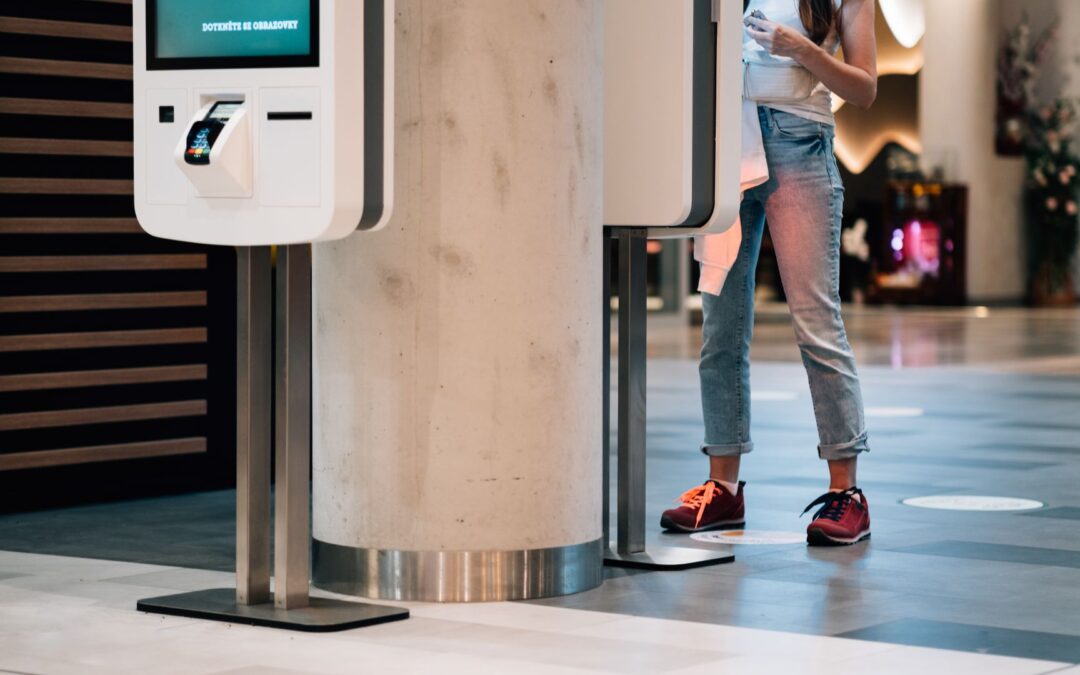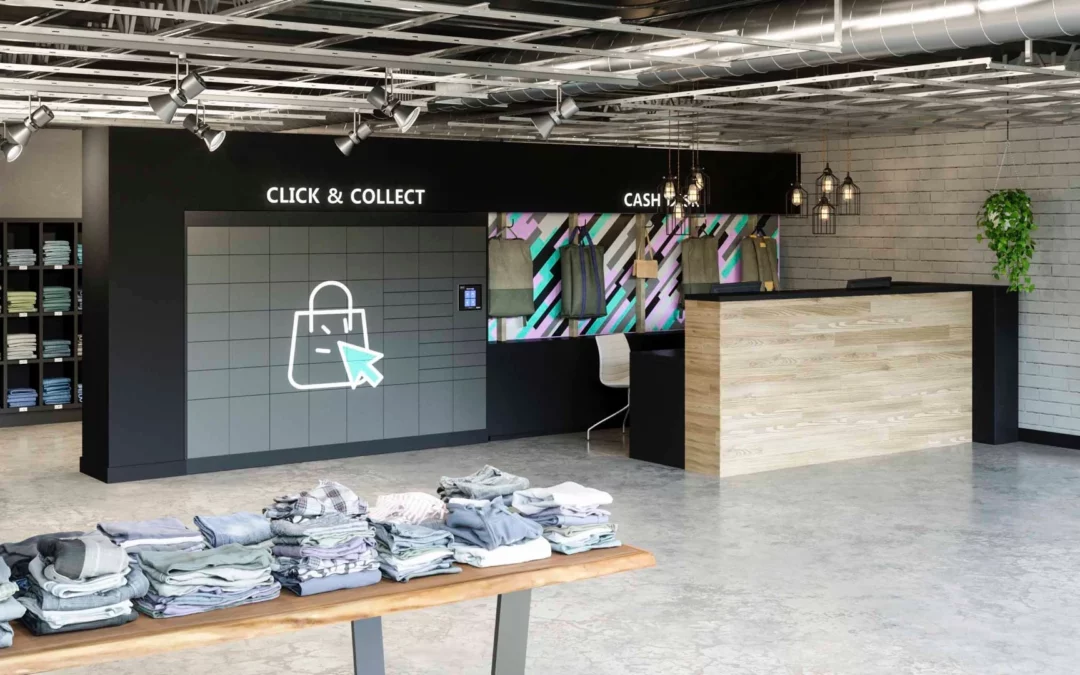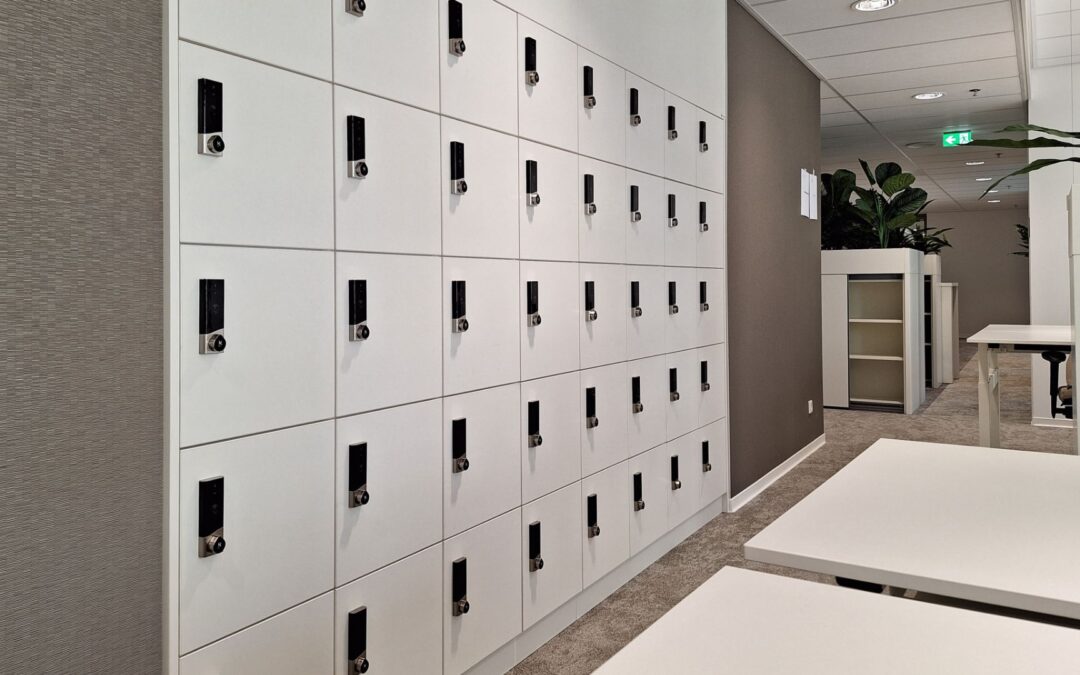In our recent blog, we discussed strategising employee experiences. Today, we will continue to explain why employee experiences are becoming more important for the future workplace.
Over the past year, our society has changed in ways that were unprecedented; the way we work almost transformed overnight. Initially, organisations focused on ensuring their employees had the connectivity and virtual processes in place to keep up with their workload. Today they’re executing the plans they made to return to the workplace, post-pandemic.
Whether they continue to work virtually, return to the office or find a hybrid approach and have a bit of both – one thing is for certain. The employee experience has never been more important.
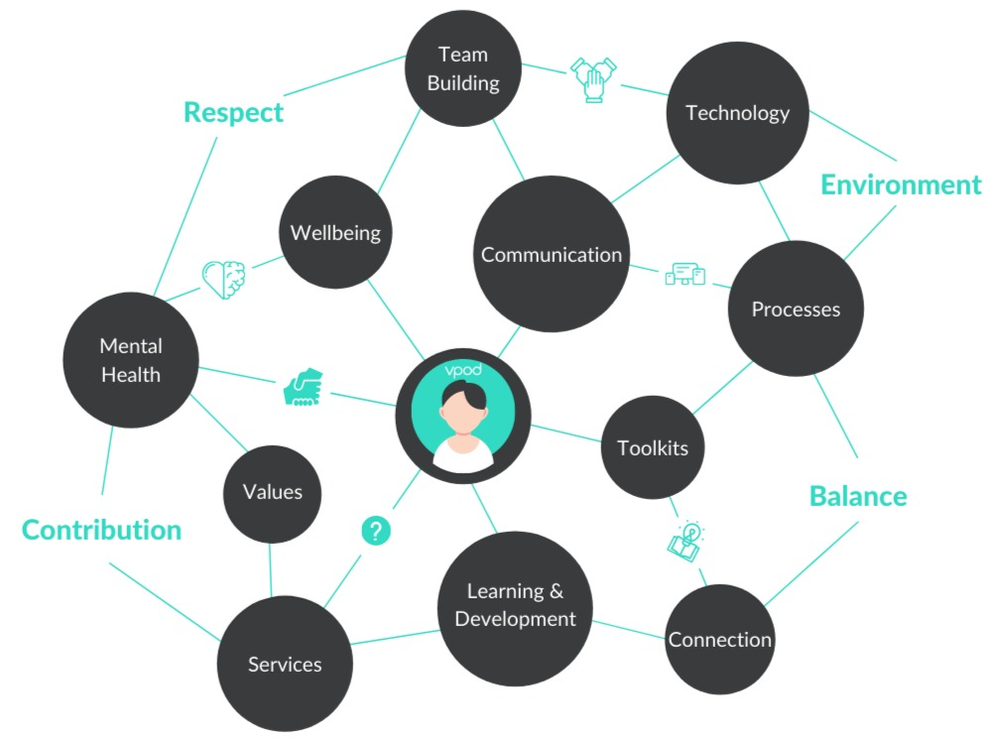
What is the Employee Experience?
A term that was once primarily used in the HR world, ‘Employee Experience’ refers to the way in which an employee views, interacts and perceives their journey through their workplace.
The ‘Experience’ starts from the moment they are onboarded, continues through their daily duties and follows them right up until they make a career move or retire. Employee Experience is a holistic term that encompasses the way people interact with the technology provided, their teams and colleagues, managers and the environment around them.
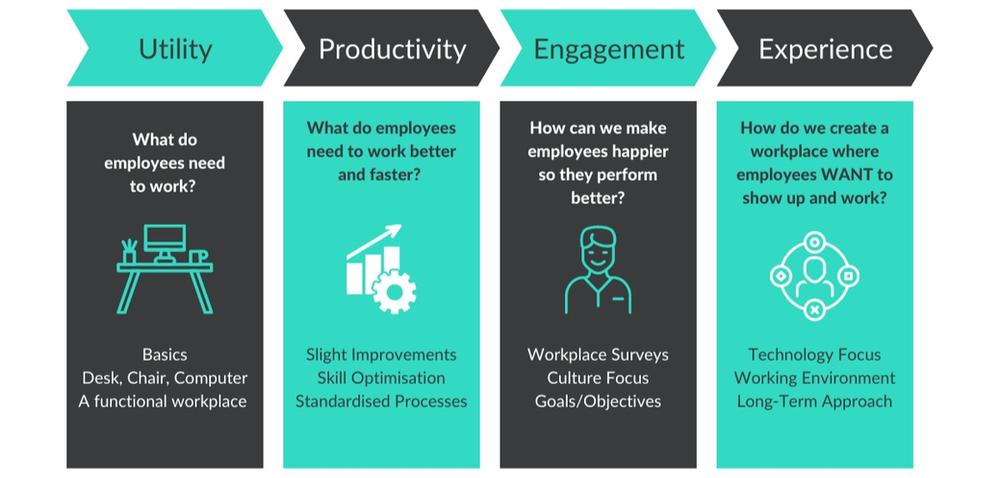
Why the Employee Experience matters more than ever?
1. Employee Experience impacts all aspects of a business
Including productivity, workplace culture, and staff retention. After all, an organisation’s greatest asset is its people.
2. All organisations are at risk of losing their talent
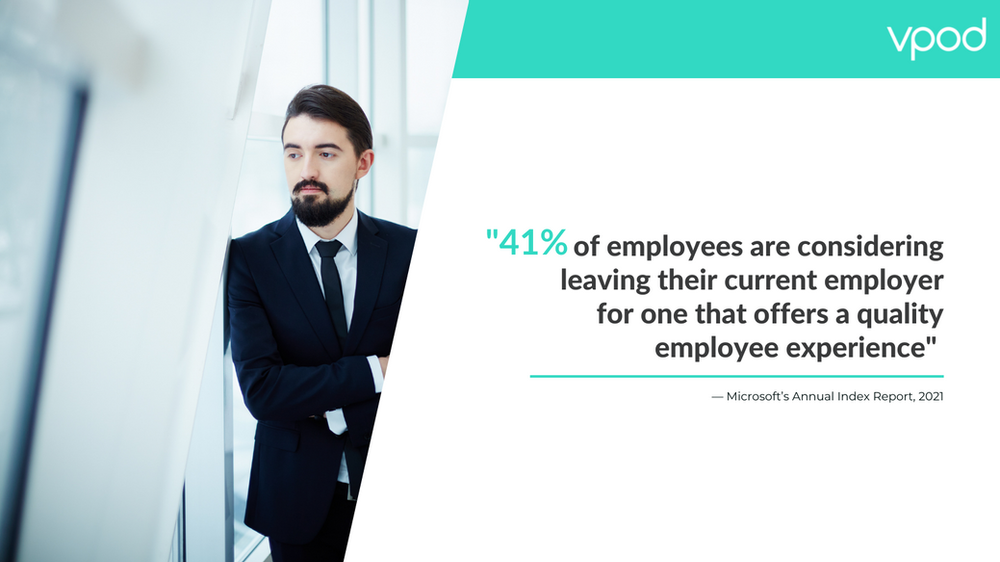
With the rise of remote working came the inevitable virtual burnout, the loss of human connection and an increasing digital workload. It has been a trying year. It has never been a more crucial time to consider the experience your employees have as they re-enter the doors of your workplace.
Microsoft’s Annual Index Report found that 41% of employees are considering leaving their current employer for one that offers a quality employee experience and is, therefore, more aligned with their needs and lifestyle.
Read more about our round-up of 6 trends of the future smart workplace
3. Attract new talent
Employees have more influence than ever. Competitive pay is no longer enough to attract top talent to your organisation. Top performing employees as well as the younger generation, Gen-Z and millennials – are looking for organisations that value culture and better work-life balance.
Purpose, belonging, recognition and fulfilment are what people look for in a workplace. What your organisation stands for and how it makes people feel will be a substantial consideration for those looking to join.
4. Happy employees are more productive

During the pandemic people had their mental and physical health challenged. With the risk of illness and the strict restrictions of lockdown, it is no surprise that a large majority of employees reported feeling ‘burnt-out’ and ‘exhausted’ over the past 12 months.
Research tells us that people function better when they are happy. According to The Happiness Advantage, “only 25 per cent of job success is based upon IQ. Seventy-five per cent is about how your brain believes your behaviour matters, connects to other people and manages stress.” It argues happiness and a “sunny outlook” allow people to think more creatively and perceive more possibilities – which every business benefits from.
5. Disengaged Employees are Expensive
Disengaged employees are those whose passion for their work has dwindled. Their unhappiness will greatly impact their productivity, energy levels and the morale they bring to their team and colleagues.
From greater rates of absenteeism (with unhappy workers more likely to take 15 more sick days each year than your average employee) to the way in which they represent their organisations brand – “Gallup found that actively disengaged employees cost the U.S. $450 billion to $550 billion per year; that number doesn’t even take into account the “not engaged” employees.”
6. Customer experiences are Employee Experience

Customer experience and employee experience go hand-in-hand. According to Forbes: “Companies that lead in customer experience have 60% more engaged employees, and study after study has shown that investing in employee experience impacts the customer experience and can generate a high ROI for the company”.
It is suggested to apply customer experience strategy to employee experience. When organisations treat their employees the same way they treat their customers – employees will feel valued and as a result, will be more engaged.
7. The Best Places to Work are financially thriving
Happy and engaged employees drive their organisation’s success and are not a by-product of it. In fact, companies that invest in employee experience are four times more profitable than those that don’t.”
IBM’s report titled The Financial Impact of a Positive Employee Experience found the following:
- Organisations that score in the top 25 per cent on employee experience report nearly three times the return on assets compared to organisations in the bottom quartile.
- Organisations that score in the top 25 per cent on employee experience report double the return on sales compared to organisations in the bottom quartile.
Conclusion
From our visitor management systems to smart lockers, Vpod combine people and touchless technology to support organisations in creating a smarter workplace as well as improving both visitor and employee experiences.
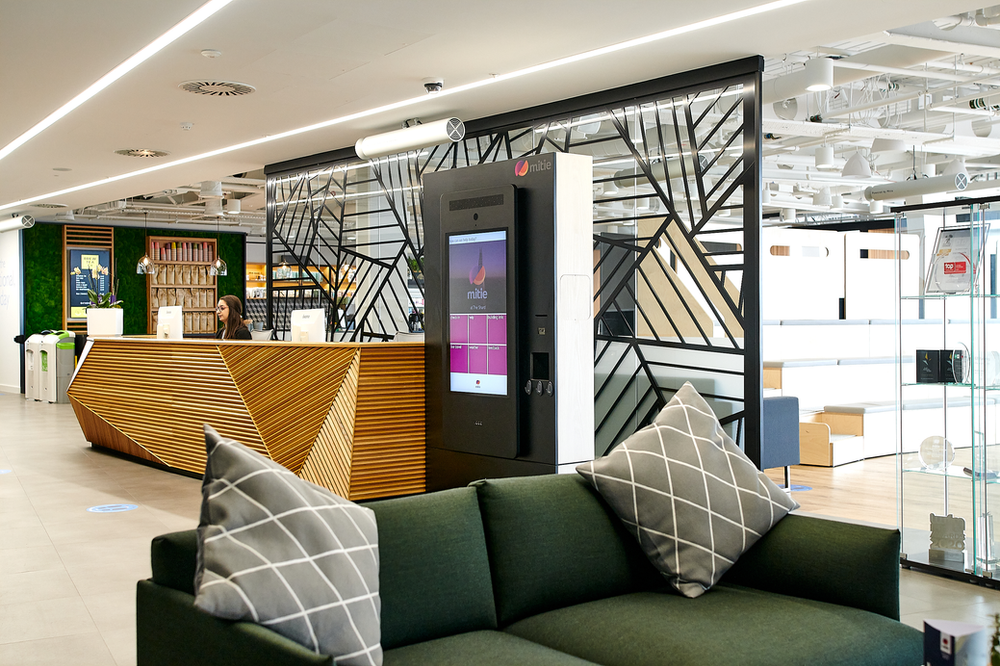
We’ve concluded 7 reasons why Employees Experiences are important, including:
- Employee Experience impacts all aspects of a business
All organisations are at risk of losing their talent - Attract new talent
- Happy employees are more productive
- Disengaged Employees are expensive
- Customer experiences are Employee experience
- The best places to work are financially thriving
In our next blog, we’ll discuss the ways in which you can start making the organisational changes to improve, enhance and commit to creating a better experience for your employees as they return to your workplace.
